PCB Flex Rigid: Design, Applications, and Future Trends
In electronics, printed circuit boards (PCBs) serve as the bridge connecting various electronic components. They not only carry the physical form of circuits but also play a crucial role in the performance of electronic devices. Today, we will delve into the two main types of PCBs: flexible PCBs (FPCs) and rigid PCBs, as well as their applications in modern electronic design and future developments.
Rigid PCBs: Rock-solid in Electronic Design
In the vast realm of electronic engineering, rigid PCBs have become the top choice for designers due to their exceptional stability and reliability. These boards, composed of a combination of fiberglass and epoxy resin, provide strong mechanical support and ensure excellent electrical insulation.
Simplicity in Design and Cost Efficiency
The design process for rigid PCBs is relatively straightforward, reducing complexity and lowering production costs. This significant cost advantage makes them particularly favored in large-scale manufacturing. Whether in the production of consumer electronics or the construction of industrial control systems, rigid PCBs play an indispensable role.
Wide Applications and Diverse Demands
The extensive applications of rigid PCBs stem from their durable characteristics. They hold an irreplaceable position across various fields, including consumer electronics, industrial control, and automotive electronics. Whether facing mechanical impacts in industrial environments or meeting the precise control needs of automotive systems, rigid PCBs provide solid support.
Application Areas of Rigid PCBs: From Consumer Electronics to Automotive Electronics
With the rapid development of electronic technology, rigid PCBs have become an integral part of electronic design due to their superior stability and durability.
Application Cases in Smart Home Systems
In smart home systems, PCB circuit boards are ubiquitous. From smart lighting and security systems to temperature control systems, each subsystem requires efficient and reliable PCBs to ensure functionality. For example, LED boards in smart lighting systems use precise PCB designs to achieve brightness adjustment and color changes. In smart security, PCBs connect various sensors and cameras, ensuring quick response and data processing for the entire system.
Application Cases in Wearable Technology
Wearable devices like smartwatches and health monitoring bands impose higher demands on PCB design. These devices require high integration levels while accommodating complex ergonomic designs. For instance, smartwatch PCBs need to integrate multiple sensors while remaining lightweight and durable. Advanced PCB technologies enable wearable devices to monitor user health in real-time and provide personalized health recommendations based on data analysis.
Medical Devices
Rigid-flex PCBs are also significant in medical devices, such as monitoring and imaging equipment. Their flexible parts can adapt to various shapes and sizes while maintaining stable circuit connections.
Industrial Control
In industrial automation, rigid-flex PCBs are commonly used in PLC controllers, robotic control systems, and sensor interfaces. Their flexibility and reliability ensure stable operation in harsh environments.
Flexible PCBs: Pioneers of Flexibility and Innovation
Differences in Characteristics between FPCs and PCBs
FPCs are not only flexible circuit boards but also an essential design method for forming three-dimensional circuit structures. This capability, combined with other electronic product designs, allows for a wide range of applications, highlighting the differences between FPCs and rigid boards.
For rigid boards, unless circuit designs are made three-dimensional through encapsulation, they typically remain flat under normal conditions. To maximize spatial usage, FPCs offer a viable solution. The common spatial extension solution for rigid boards involves slots and interface cards, but with FPCs, similar structures can be achieved through adapter designs, providing greater design flexibility. A single connecting FPC can connect two rigid boards into a parallel circuit system, bending at any angle to accommodate various product shapes.
FPCs can use terminal connections but can also avoid such connectors by utilizing a single FPC to configure multiple rigid boards. This approach reduces connector interference, enhancing signal quality and product reliability.
Notable Practical Features of FPCs
High Wiring Density Saves Space
A core feature of efficient FPCs is their high wiring density, which allows for significant space savings in both the boards themselves and subsequent electronic processing. This characteristic is crucial in today’s pursuit of compact, thin electronic designs.
Lightweight and Easily Adjustable
High-quality FPC materials are lightweight and can easily adjust to various shapes and bends. Their excellent toughness ensures they maintain good conditions during various processing scenarios, while their flexibility meets designers’ operational requirements.
Convenient and Fast Processing
In practical applications, high-quality FPCs offer processors significant convenience. Their outstanding characteristics allow frontline workers to improve efficiency, with minimal assembly time making them indispensable in modern electronic processing.
The Fusion of Rigidity and Flexibility: Rigid-Flex PCBs
In some applications, either a rigid or flexible PCB alone may not meet all requirements. This is where rigid-flex PCBs come into play. They combine the advantages of both, offering more flexible design options and broader application scenarios.
Production Process of Rigid-Flex PCBs
Since rigid-flex boards are a combination of FPCs and PCBs, their production requires both FPC and PCB manufacturing equipment. First, electronic engineers design the layout and shape of the rigid-flex board according to requirements. Then, the designs are sent to a factory capable of producing rigid-flex boards, where CAM engineers process and plan the relevant files. Following this, FPC production lines create the necessary FPCs, and PCB lines produce the PCBs. Once these flexible and rigid boards are produced, they are seamlessly bonded together through a laminating machine according to the specifications set by the electronic engineers. Due to the complexity and difficulty of producing rigid-flex boards, a full inspection is generally conducted before shipment to prevent losses for both parties involved.
Examples of Rigid-Flex PCB Applications
Wearable Devices: In smartwatches and health monitoring devices, rigid-flex PCBs adapt to body curves, providing a comfortable wearing experience.
Foldable Smartphones: With the rise of foldable screen technology, rigid-flex PCBs play a crucial role in enabling screen folding functions.
Future Outlook: Innovations and Challenges in PCB Technology
As electronic technology continues to advance, PCB design and manufacturing are also evolving. The introduction of new materials, processes, and design concepts presents both new opportunities and challenges for PCB development.
Material Innovations: The development of new high-performance materials, such as graphene and nanomaterials, may revolutionize PCB performance.
Manufacturing Processes: Advanced manufacturing technologies, such as 3D printing and laser direct imaging, are changing the way PCBs are produced.
Environmental Impact: With growing attention to sustainability, eco-friendly design and recycling of PCBs are becoming increasingly important.

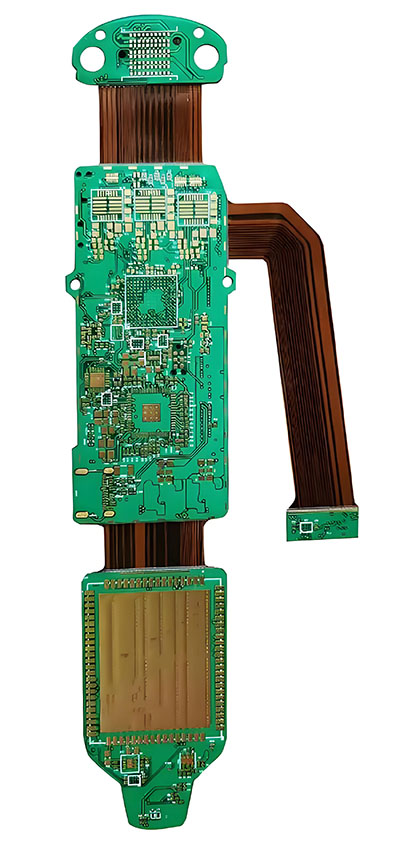
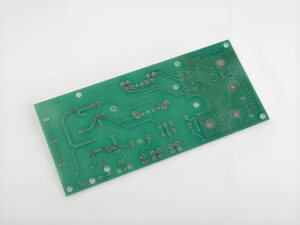
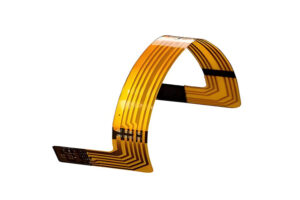
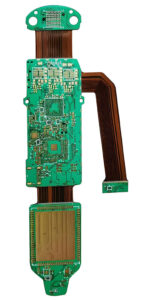


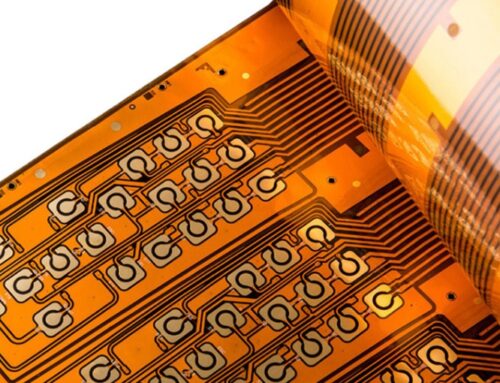



Leave A Comment